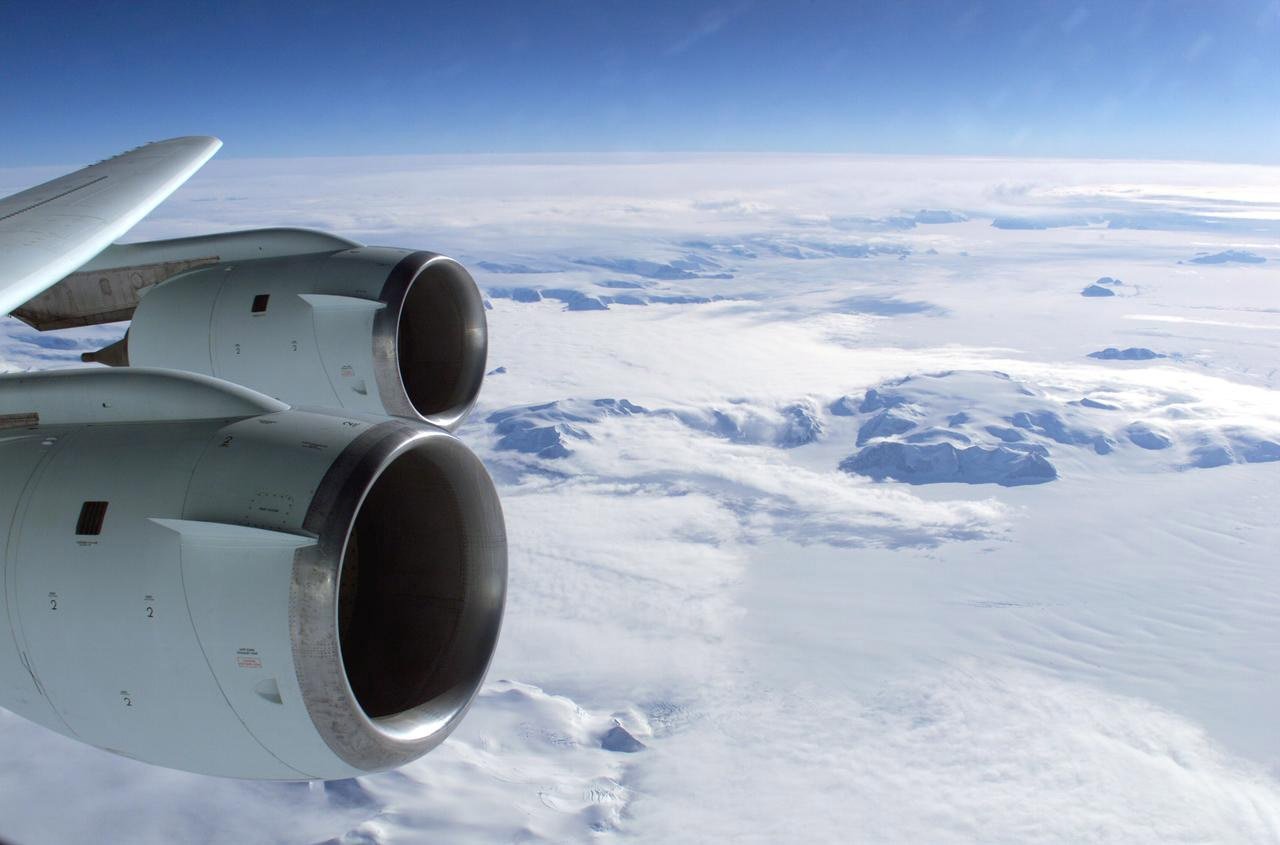Total range of sea level rise greater than expected
Researchers from Utrecht University, NIOZ and KNMI think there is a possibility of regional sea level rises of 1.8 metres or more due to the decreasing mass of the Antarctic ice cap. Their results were published on 4 December in the open access journal Natural Hazards and Earth System Sciences.
Uneven sea level rises
Sea levels are rising, but not at the same rate all over the world. Regional changes depend, among other things, on ocean currents, the expansion of water under higher temperatures and the distance to major ice caps. The sum of all these factors results in local hotspots: areas where the sea level rises more than elsewhere. Even more important, however, is that the extreme – but not inconceivable – projections are much higher than originally thought. The estimated upper limit could be as much as a metre above the average estimate, so a sea level rise of 1.80 metres during the present century cannot be ruled out.
Extreme conditions
Dr. ir. Renske de Winter of Utrecht University joined forces with other colleagues from her university and researchers from NIOZ (Royal Netherlands Institute for Sea Research) and KNMI to study the influence on sea levels if the total potential contribution of the ice caps is taken into account. "All previous studies assumed the average contribution of both the Greenlandic and Antarctic ice caps,’ explains De Winter. ‘We looked at the total bandwidth of potential effects caused by the ice caps of Greenland and Antarctica melting, including contributions to sea level rising in the present century that, although very unlikely, are not inconceivable."

Total bandwidth
The IPCC estimates that sea levels will rise globally by an average of about eighty centimetres by 2100. However, argues De Winter, we need to assume the total range of potential sea level rise this century, including the contributions of the ice caps at the upper level of the bandwidth, whereby higher sea levels are much more likely. ‘Although the likelihood is small, the consequences are enormous.’
‘When you try to predict conditions in a graph, you use what is called a normal distribution,’ explains De Winter. ‘The IPCC focuses on the most plausible conditions, about which there is a consensus that they will occur. We examined the outliers on the graph with a likelihood of 10% or lower, and we considered their consequences for regional sea levels. Ten per cent may sound very marginal, but to protect the Netherlands from flooding, the law requires that dunes and dykes must be able to withstand a storm with a probability of 0.0001%. Our sea-level projections have a much higher probability of occurring.’
Huge consequences
Because sea levels are not the same all over the world, some hotspots may well increase by 1.80 metres in the coming eighty years. ‘The likelihood of the Greenlandic and Antarctic ice caps having such a large effect is small, but the consequences are huge,’ says De Winter. ‘Although the Dutch coast does not lie in one of these hotspots, the Netherlands could also see the sea level rise by more than 1.5 metres this century. But, thanks to our history of fighting floods, we are the best-prepared country in the world when it comes to rising sea levels. Low-lying and densely populated areas such as the Mekong delta in Vietnam will be faced with much greater problems, exacerbated by extreme land subsidence. However you look at it, the likelihood of floods occurring will be many times greater.’
This work was partly supported by the Netherlands Polar Programme by NWO.
Publication
de Winter, R. C., Reerink, T. J., Slangen, A. B. A., de Vries, H., Edwards, T., and van de Wal, R. S. W.: Impact of asymmetric uncertainties in ice sheet dynamics on regional sea level projections, Nat. Hazards Earth Syst. Sci., 17, 2125-2141, https://doi.org/10.5194/nhess-17-2125-2017, 2017.
Read more

Rapid rise in sea level not solely dependent on greenhouse gases
The Antarctic ice cap underwent cycles of enormous growth and shrinkage 20-30 million years ago.

1997 was ‘tipping point’ for ice caps around Greenland’s edges
Ice caps have lost their capacity to contain and refreeze meltwater, researchers write in a Nature Communications publication.

